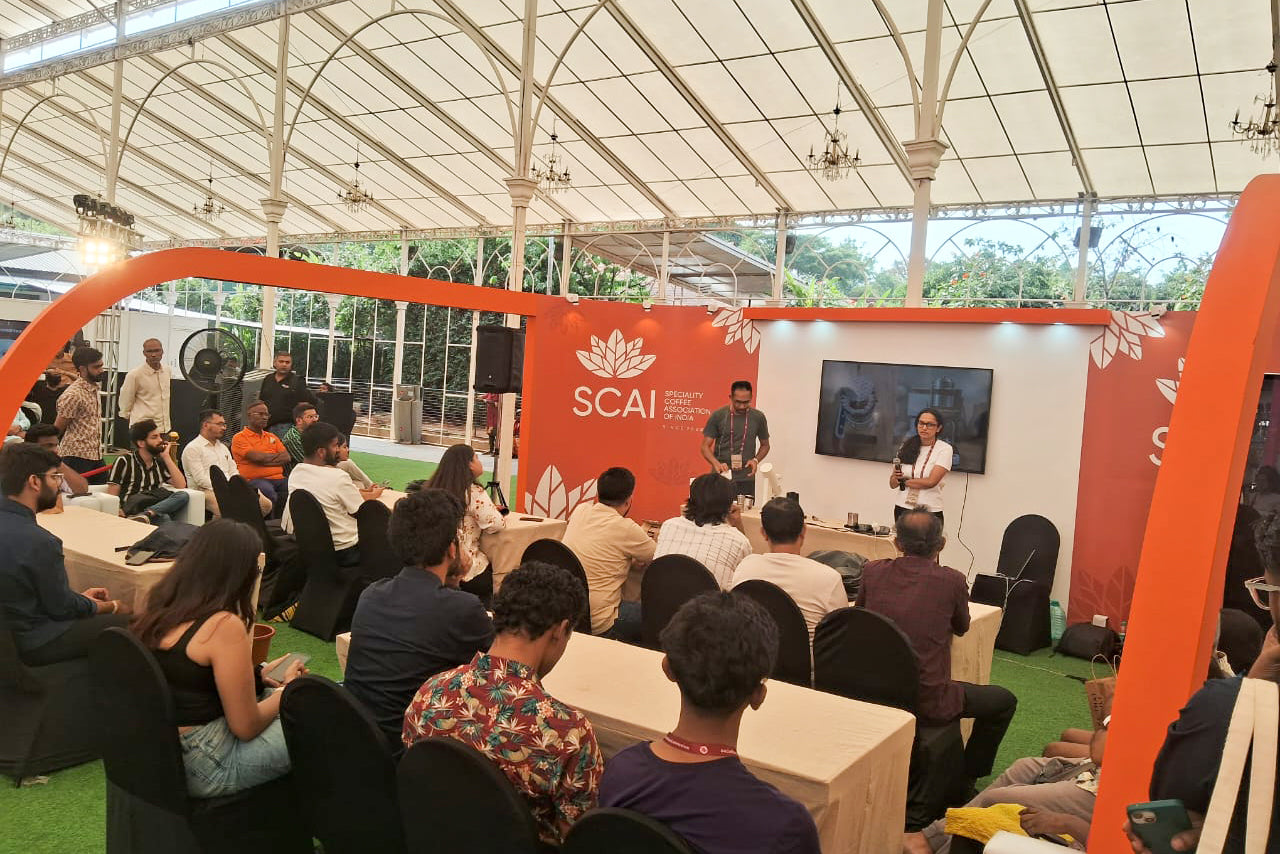THE CASE FOR SOFI
IN THE DYNAMICALLY EVOLVING WORLD OF COFFEE
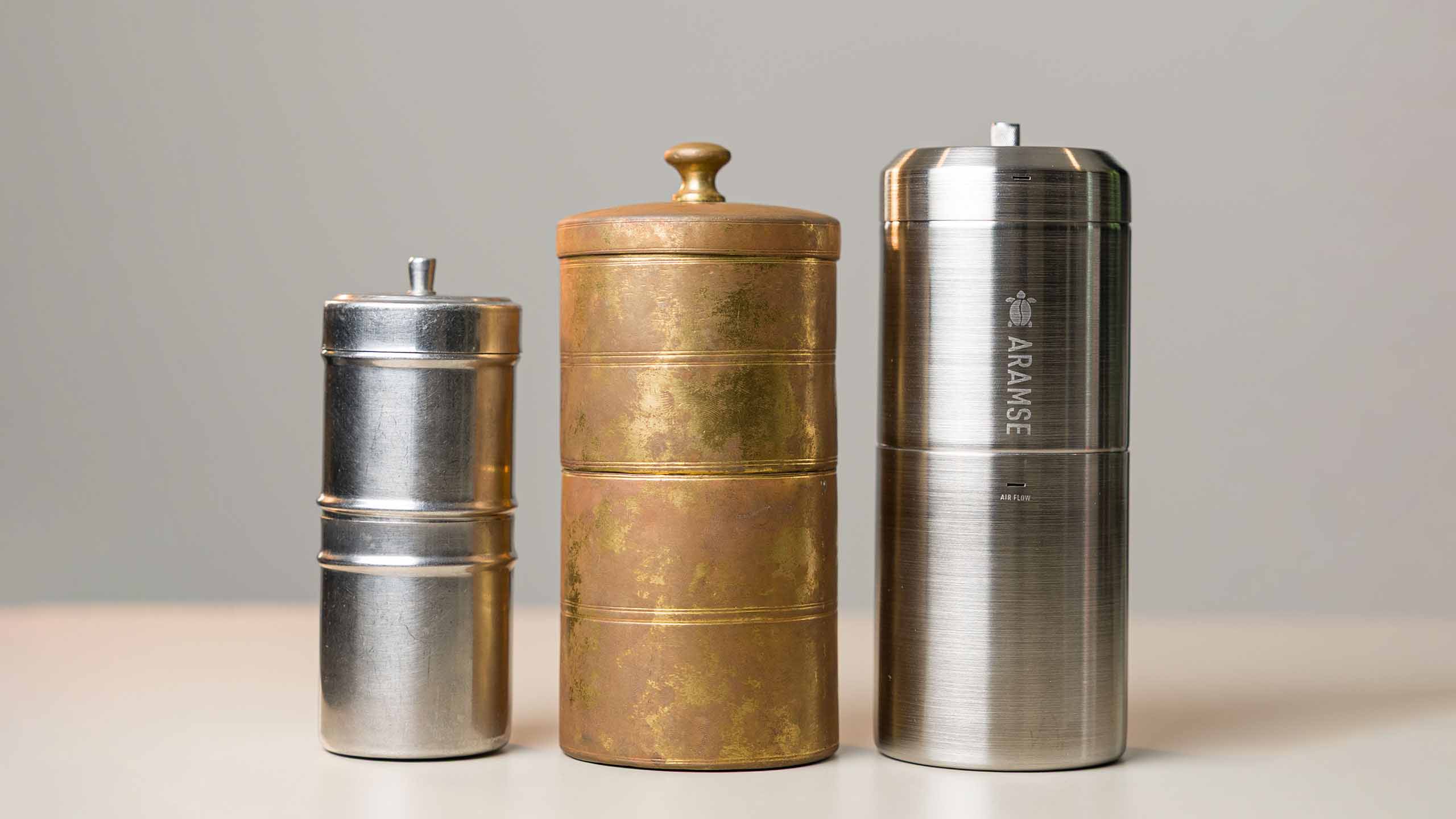
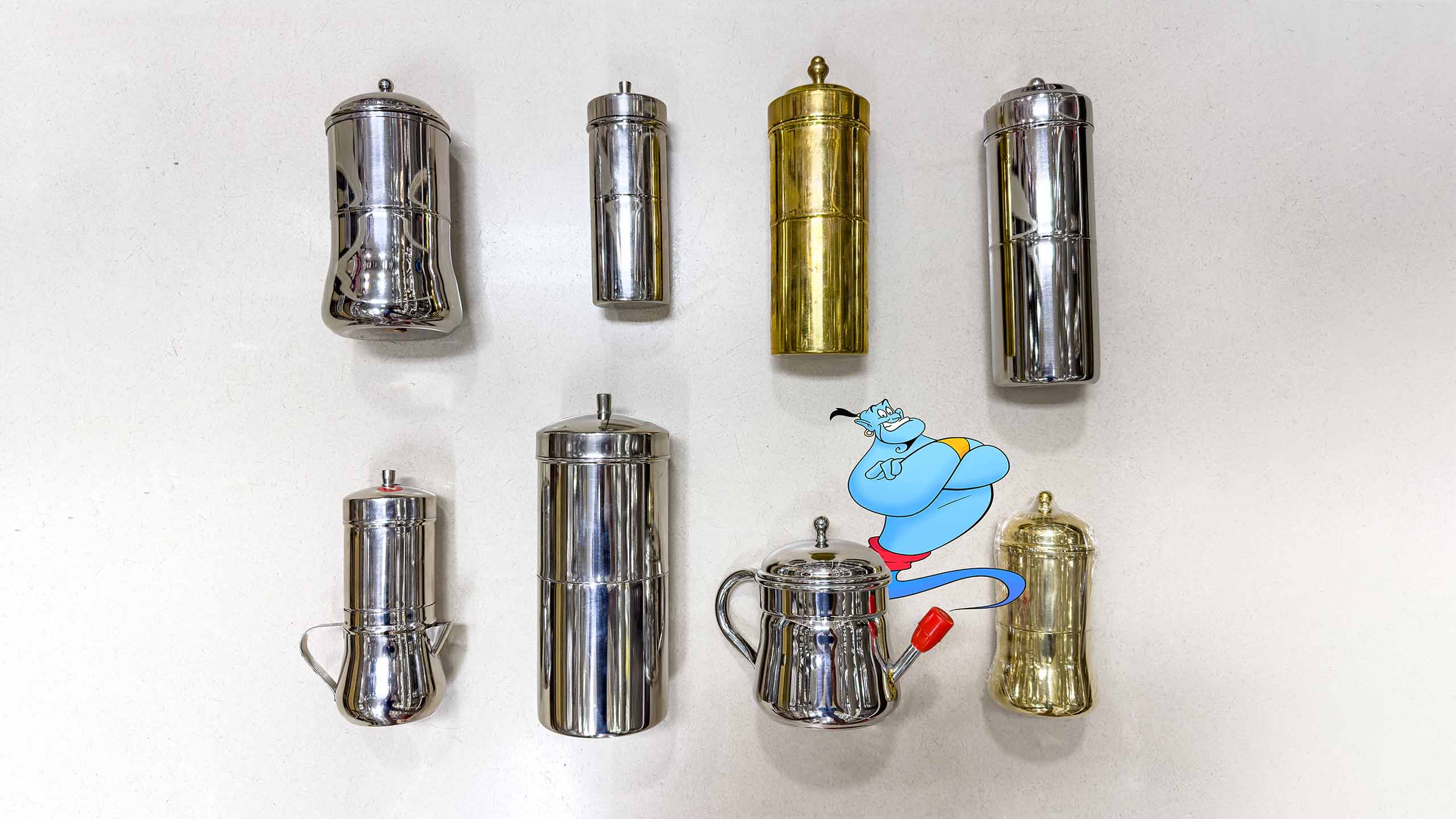
III. BACKGROUND
The Indian subcontinent’s vibrant and rich history is one of several parallel stories, cultures and languages, rarely consistent across the post-independence landmass we refer to as India. This, combined with our long-endured, gruesome colonial repression means that Indian products and objects, their significance, and the etymology of their names were rarely documented in detail unless required for consumption by our colonisers.
It doesn’t take too many Google searches to quickly see that most Indian coffee history writing points to the short story of Baba Budan, a Sufi saint credited with smuggling coffee in the 17th century to Chikmagalur, India — where the highest coffee-growing peaks, Baba Budan Giri, were named after him posthumously. Whilst a fascinating story, it often feels like the entirety of coffee history in India — from growing, brewing and drinking culture — has been reduced to this one story.
Given this background, it is unsurprising that we don’t know very much about the South Indian Filter. A feature apparent even beyond the realm of coffee is that where there is good Indian design, there is often poor documentation. Therefore, it is important for us to lay the foundation for this paper by highlighting some key SIF features using a design lens, including:
- A fully stainless steel build which can last a lifetime. In addition, not needing paper filters makes this one of the most sustainable brewers — especially compared to plastic ones.
- Extreme portability. It’s travel-friendly, thanks to its durability and the fact that it doesn’t require electricity.
- A unique flavour profile because of the combination of slow percolation through extremely fine grounds.
- The concentrate, often called a decoction, is much like espresso and can be used in a similar way to make both milk drinks, and be diluted down to be consumed black. This makes the SIF a much more versatile brewer than it is currently being used for, exclusively to brew kaapi.
- A metal filtered brew which offers high clarity even without paper filters — with low agitation brewing like we recommend with this brewer, the coffee bed acts as an excellent self-filter.
-
Being fully self-contained and multi-functional:
- A lid whose primary function is to retain heat, thereby increasing the slurry temperature during the brewing process. This lid can also be used to collect fines when distributing the coffee bed pre-brew, and as a drip tray post-brew.
- A collection chamber for the brewed coffee which can double up as a drinking device.
-
A curved filter, whose unique benefits are explained below:
- With a curve, the coffee bed depth decreases toward the outer edges.
- Since flow resistance in porous media (like ground coffee) is proportional to bed depth, the thinner areas near the edges offer less resistance to water flow.
- In theory this balances out the additional resistance introduced by viscous drag near the brewer walls.
- The result is a more even extraction across the entire bed resulting in brews with higher extraction yield %, higher perceived sweetness and more balance, compared to brews on our flat-filter prototypes.
- It was a no-bypass brewer well before the current popularity of no-bypass brewers like the Tricolate and Orea Z1.
This design thinking can be extended to the drinkware — davara and tumbler — often associated with kaapi.
- The flat protrusion on the cup makes both handling an extremely hot drink and pouring without spilling much easier.
It wouldn’t be a stretch to say that if the South Indian Filter was crafted in the Global North or the Western World, it would be the subject of an entire design module at universities. And yet, we know very little about its provenance — if it came before or after the Vietnamese phin, whether the two had anything to do with each other, or even who designed and made the first SIF. This would be akin to the iconic Eames chair just being referred to as The American Chair.
IV. PROPOSED SOLUTION
1. Cultural Preservation
Preserving a brewer like the South Indian Filter is an important part of preserving Indian culture. There are two main benefits we note for the preservation of historical objects:
- Knowing where we come from gives us a foundation and rooting to establish where we want to go collectively as a society.
-
It helps countries like India be seen as thought leaders, and not just producers of raw material, i.e., green coffee. However, in order for this to happen:
- We need to experiment and document right from farm level knowledge to knowledge capabilities around brewing and drinking coffee.
- Indian products and design need to be viewed outside of the kitsch and novel experiences they are associated with in the Western world. By modernising them, they can exist in the day-to-day experiences of people’s homes, transcending their current most common use case: satiating nostalgia.
2. Distinction Between Brewer and Drink
We believe that the crux of the issue currently facing the SIF is that the brewer and the drink it is often used to brew, kaapi, are viewed as mutually exclusive. To us, this would be akin to viewing an espresso machine as a cappuccino brewer. This analogy is of particular significance because the concentrate or decoction brewed with the SIF can be used like espresso — you can dilute it with water to make an americano-style drink, add textured milk to get a cappuccino or flat white-style drink, or even add ice to make cold coffees.
Further, the history of the South Indian Filter has been mostly about the drink, kaapi, and its preparation — most of what has been written has been written about the addition of chicory, boiling milk with sugar and frothing it from a height to make ‘stretch coffee’ etc. Little attention has been paid to what we think should be the hero — the brewer.
One of our biggest missions at Aramse has been to dissociate the brewer from being used to strictly brew kaapi. To us, this is one of the most important ways to make the SIF more popular. It instantly transcends just one drink, immensely increasing its global appeal as audiences can see it for all its true potential — a versatile, travel friendly, sustainable brewer capable of brewing many different styles of drinks, some of which are truly unique.
3. Standardisation
When modernising the South Indian Filter, we had to answer 3 very important questions:
1. Can it make delicious coffee even by specialty standards?
The answer was a resounding yes — this realisation, very early on in our extensive testing process, is what drove our passion to increase the popularity of this brewer.
2. If it can make great coffee, then why isn’t it more popular?
As stated earlier in the problem statement, broadbased appeal of this brewer is greatly hampered due to the variance in specifications (i.e. size, material, shape, number of holes, to name a few). Everyone who owns a SIF, owns a different variant of it — a problem that is especially apparent when people need help with troubleshooting their brews.
3. What can we do to change that?
Standardisation is the foremost solution, followed by solving the problems specific to current SIFs. This led to the birth of SOFI — a brewer inspired by the traditional South Indian Filter, but reimagined for specialty coffee:
- For starters, it has a unique name, removing any confusion about which brewer or variant you are brewing with.
- The refined modern design has several benefits — for example, no sharp edges, a serious concern with many SIFs available on the market, means the collection chamber can be comfortably used as a drinking apparatus making it an extremely travel friendly brewer.
- Every SOFI is made with 0.8mm gauge Stainless Steel 304, has a diameter of 73mm, with exactly 129, ~0.8mm evenly spaced holes to ensure even percolation, and has gone through 5 rounds of quality testing.
- Handling the hot brewer during the brewing process has been improved with the inclusion of a heat-resistant band accessory.
- ◦ A detailed, 10-step guide (See Image 2) is included in the box — this recipe was developed over 2 years of testing and tweaking. The key step is what we refer to as the Aramse Pour: using a spoon to break the kettle stream so it doesn’t dig a hole in the coffee bed, ensuring an even extraction. Now anyone can brew a delicious cup of coffee with SOFI. In fact, it will work with any SIF on the market, making it more inclusive and aligning with our goal of keeping this piece of history from becoming redundant.
- It includes a WDT (Weiss Distribution Technique) Tool that is often used in espresso preparation. This tool has nine, 0.25mm acupuncture needles that comb through the coffee bed to break up clumps and distribute the grounds prior to brewing.
- The box does not contain the “plunger” accessory that ships with traditional, market-available versions of the South Indian Filter. These are typically poorly manufactured with waste material, and during our extensive testing, revealed that they would often tilt and dig a hole in the coffee bed, causing severe channeling.
- The SOFI design fixes one of the most common problems faced by users brewing with the classic SIF — airlock, causing stalled brews. With the introduction of two airflow vents, users can comfortably shut the lid and top chamber tightly without worrying about the creation of a vacuum.
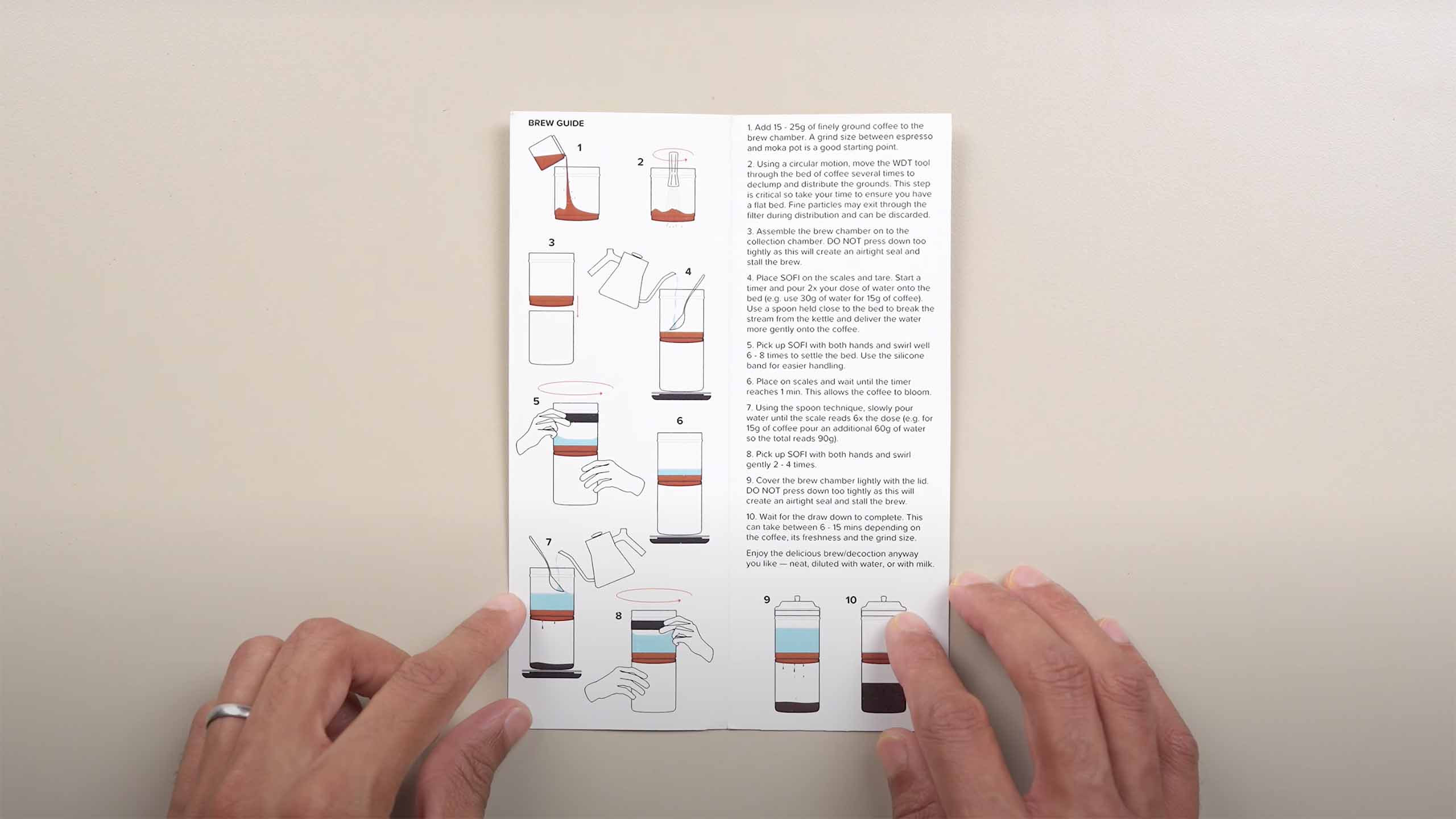
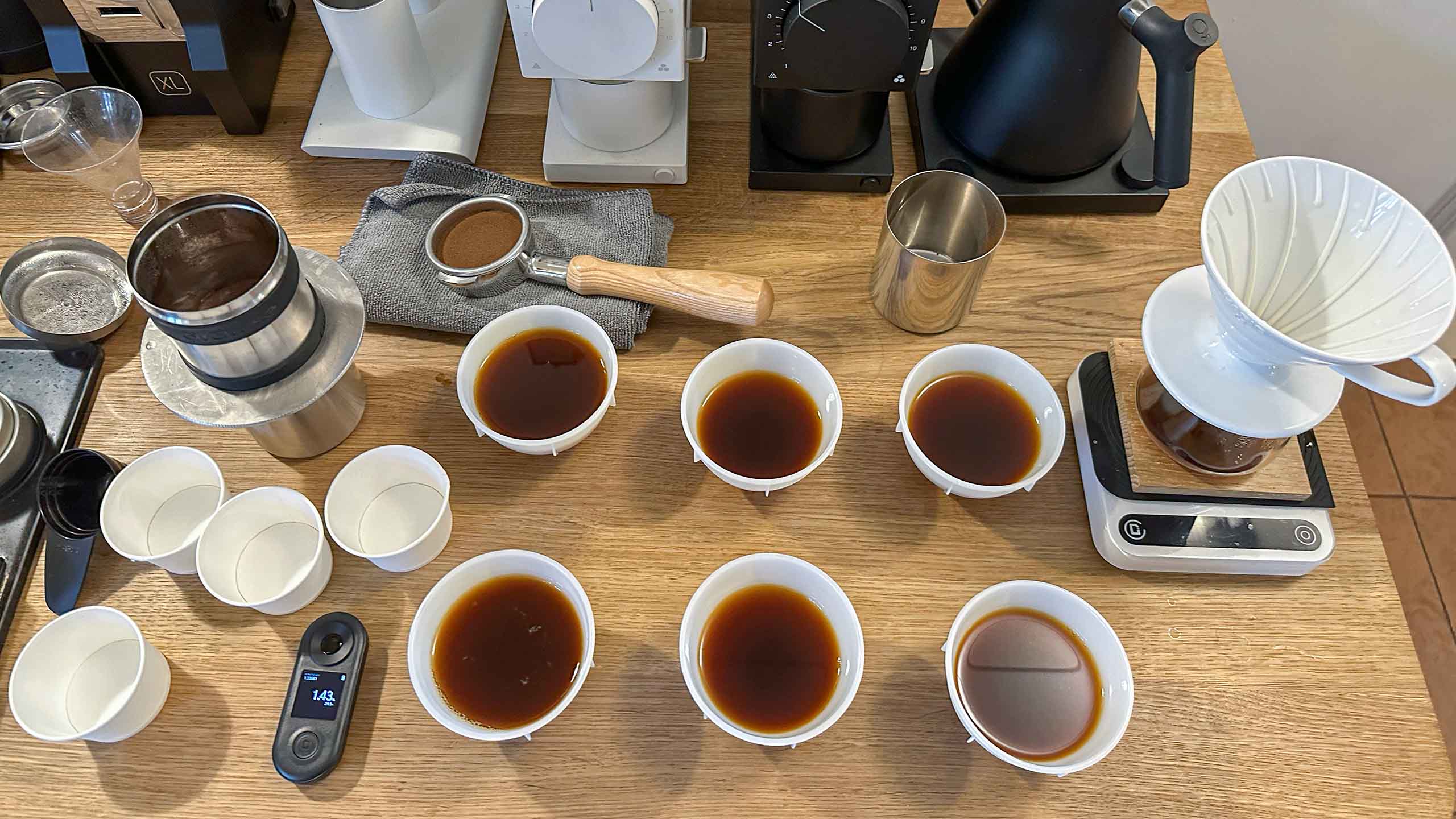
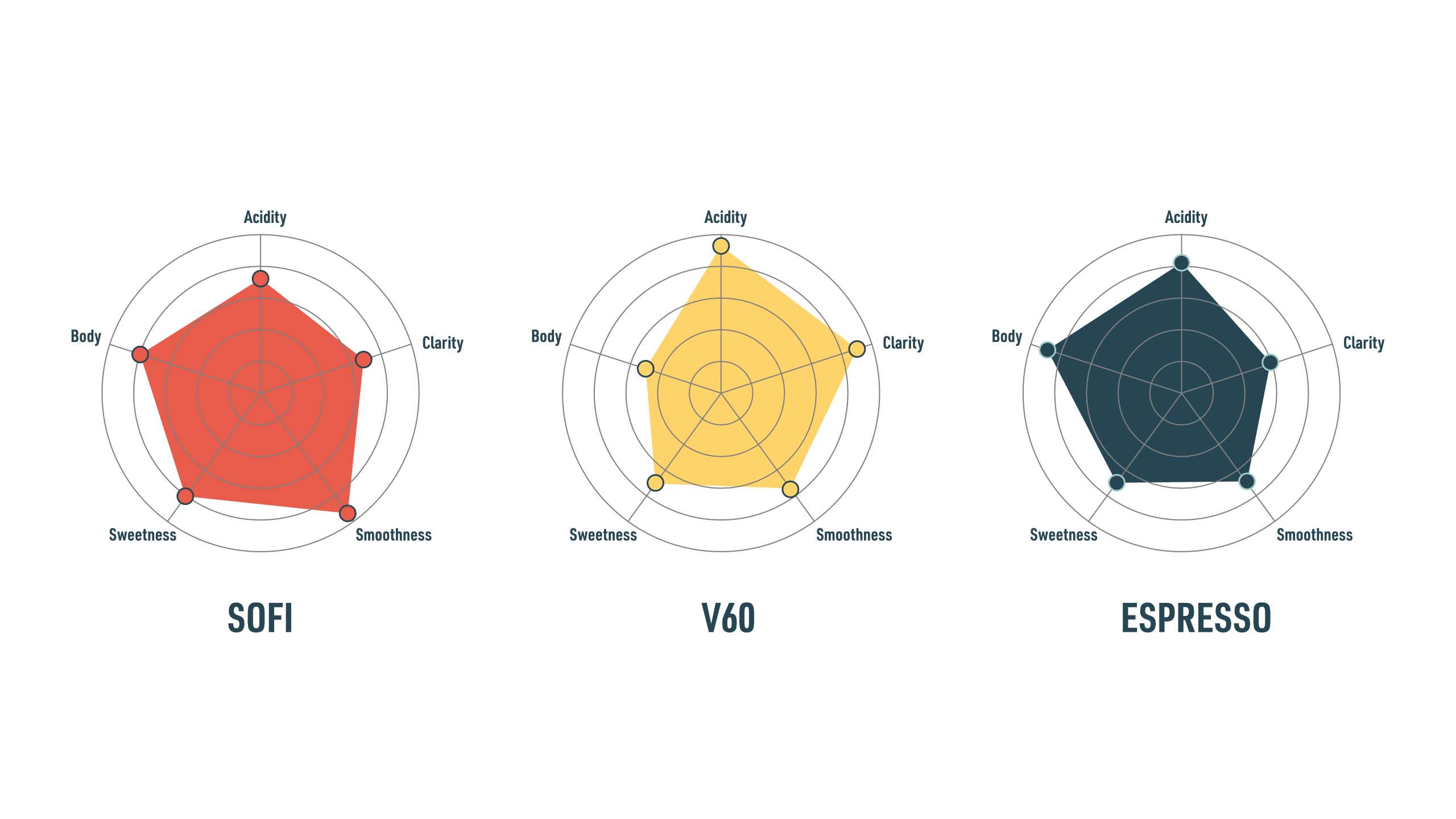
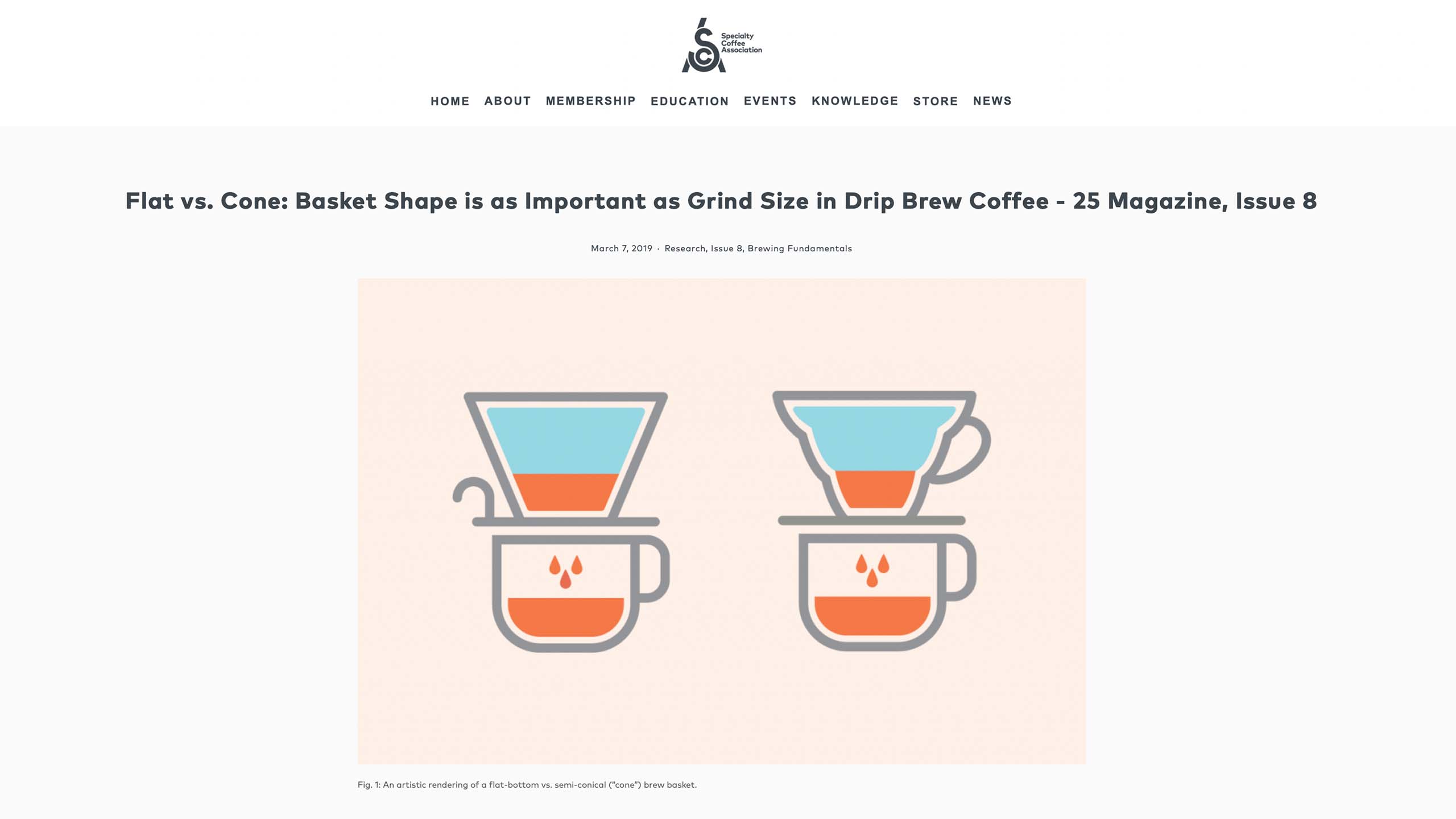
This is also the first time, to our knowledge, that such extensive experimenting using a scientific method has been used to study South Indian Filter brews. Previously used exclusively to make kaapi, these experiments showcase the versatility of the decoction or concentrate that you collect in the bottom chamber.
Further Experimentation
Users are experimenting with SOFI in ways never done before with the traditional SIF, thereby promoting its global appeal.
- Whilst the SIF has never needed any kind of paper filtration, for customers looking for quicker brews and better clarity, SOFI is compatible with popular paper filters used by home brewers:
- The Kalita 185 filters yield a partial-bypass, stratified, high-clarity profile akin to other flat bottom brewers like the Kalita and Orea.
- Using the AeroPress XL & Sibarist DISC 72 filters along with low agitation, yields a no-bypass, high extraction profile very similar to brewers like the Pulsar and the new Orea Z1.
- Using the Melodrip as a shower head to achieve ultra-low agitation brews offers unprecedented levels of control and consistency.
- Brewing a dark roast ristretto-style drink and pouring that onto a scoop of vanilla ice cream, creates the equivalent of an affogato, a popular summer drink. Our customers have been calling it the SOFI-gato.
- Iced SOFIs have very similar characteristics to cold brew coffee, a drink that is exponentially growing in popularity. However, SOFI brews do not have the same long wait time, unpleasant effects of oxidation, and hygiene issues.
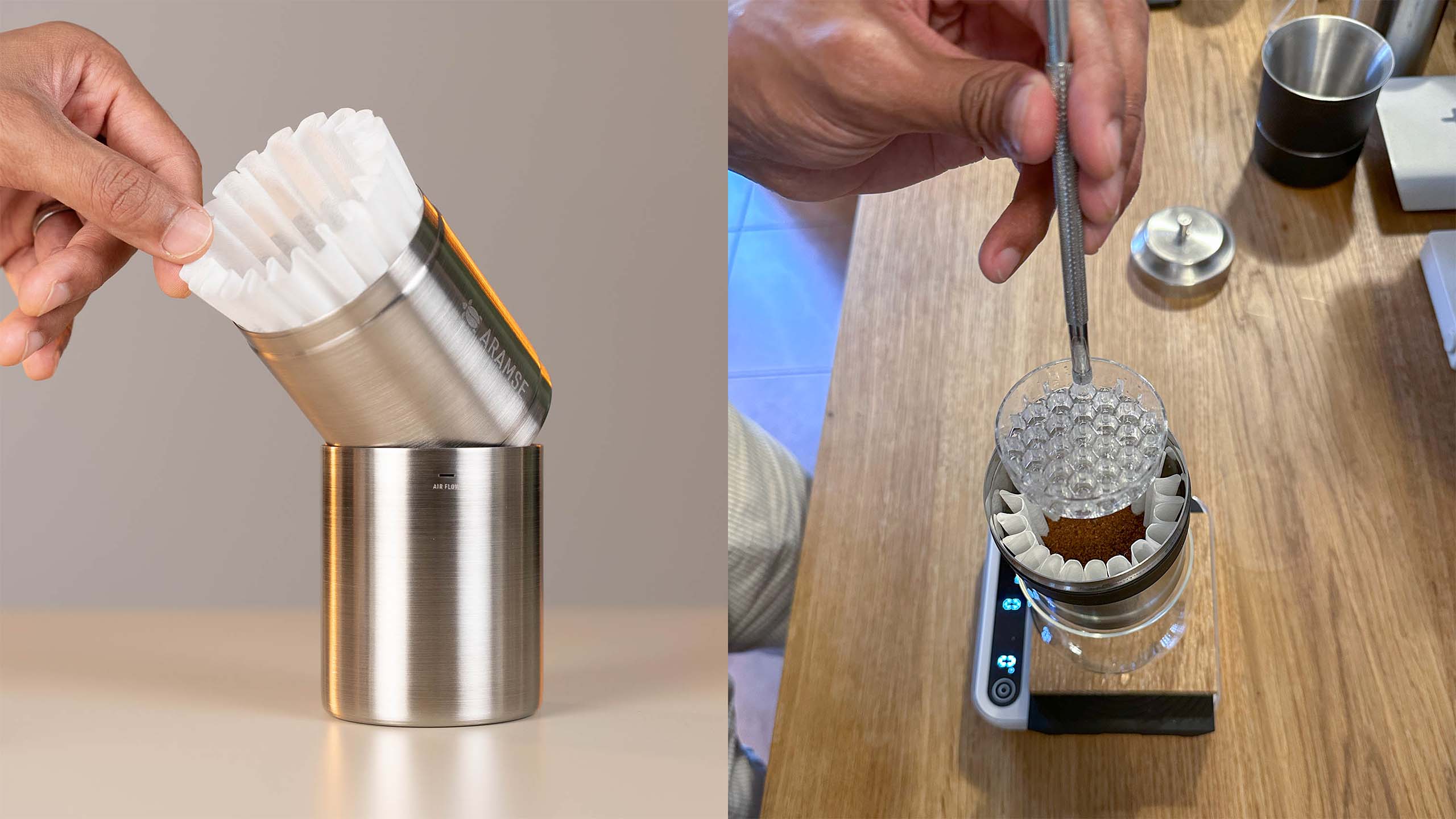
SOFI is one way to make specialty coffee more inclusive. For example, a coffee that highlights acidity when brewed with a V60 or a Kalita may be more enjoyable to someone when brewed with SOFI, which mellows and rounds out acidity. By doing so, you have essentially expanded the potential audience for a given coffee.
It has truly confounded us that this extremely versatile brewer has been sitting in plain sight for so long. Currently, with the rise in popularity of no-bypass brewers on the market (Orea Z1 and Pulsar), Indians have to import these plastic no-bypass brewers at ~2x the cost of SOFI. Whilst Indians have had access to the South Indian Filter all along, it has never been associated with or thought of as being a no-bypass brewer because of the narrow lens through which it has traditionally been viewed. Shining a light on all its capabilities through SOFI is what has helped achieve broader, global appeal.
4. Relevance of Knowledge Sharing
Much like food, coffee has grown in popularity as a drink around which communities are formed. Previously restricted to homes and social interactions with friends and family, knowledge sharing now transcends borders, languages and cultures. Millennials and Gen Z especially see real value in bonding over food and drink.
However, in order to share knowledge, measurements and recipes like those used in food, are needed for coffee too. Being able to compare apples with apples requires a certain amount of standardisation to maximise what we get out of different brewers and coffees. Troubleshooting becomes easier, making the process of experimenting a more robust one, and this forms the basis for being able to study the science behind a brew.
